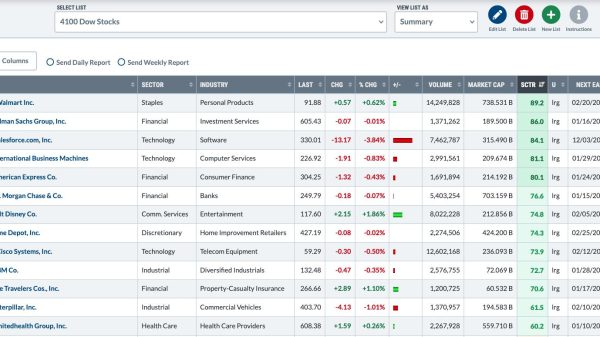The core benefits of Cloud CAD are the ability to access their designs from anywhere with an internet connection.
It also allows for collaboration between multiple users and teams, as well as faster file uploads and downloads. Additionally, other benefits of Cloud CAD Software are that it is more secure than traditional software, as it uses encryption to protect data.
Benefits Of Using Cloud Based CAD Software
Unrestricted Accessibility, Anytime, Anywhere: Cloud-based CAD software liberates designers from the limitations imposed by traditional desktop-based applications. This freedom allows designers to work on their projects from any location with an internet connection, be it the office, home, or while on the go.
Such flexibility not only enhances work-life balance but also facilitates seamless collaboration among geographically dispersed teams.
Scalability and Resource Optimization: Unlike traditional CAD software, which often demands significant hardware investments to support intricate design projects, cloud-based CAD solutions eliminate the need for costly hardware upgrades by harnessing the computing power of remote servers.
This scalability empowers designers to effortlessly scale their resources in accordance with project demands, optimizing costs and bolstering efficiency.
Facilitated Collaboration and Teamwork: Collaboration serves as the linchpin of successful design projects, and cloud-based CAD software facilitates smooth collaboration among team members.
By offering real-time access to design files and enabling concurrent editing, cloud-based platforms nurture effective communication and collaboration among stakeholders, thereby expediting decision-making processes and enhancing project outcomes.
Streamlined Version Control and Data Management: Version control remains a perennial challenge in design workflows, often leading to confusion and errors. Cloud-based CAD software addresses this challenge by automating version control processes, thereby maintaining a centralized repository for design files.
With features like automatic version tracking and robust data management capabilities, designers can confidently manage revisions and ensure that everyone works with the latest design iteration.
Enhanced Security and Data Protection: Security apprehensions have historically hindered the adoption of cloud technology, particularly in industries like design and engineering where data sensitivity is paramount.
However, modern cloud-based CAD solutions prioritize data security and employ advanced encryption protocols to safeguard confidential design files. Through built-in security measures and regular updates, these platforms provide robust protection against cyber threats and data breaches.
Seamless Integration with Complementary Tools and Services: Integration capabilities are pivotal for optimizing design workflows and leveraging synergistic tools and services.
Cloud-based CAD software often offers seamless integration with other cloud-based services, such as project management tools, rendering software, and collaboration platforms. This interoperability streamlines workflows, diminishes manual data transfer, and enhances overall efficiency.
Automatic Software Updates and Maintenance: Maintaining traditional CAD software up to date with the latest features and security patches can be a cumbersome endeavor.
In contrast, cloud-based CAD solutions receive automatic updates and maintenance patches from the provider. Ensuring that users constantly access the latest enhancements and improvements without the hassle of manual updates.
Cost-Efficiency and Predictable Budgeting: Traditional CAD software licenses typically necessitate upfront investments and ongoing maintenance fees, posing challenges for small businesses and startups in managing their budgets.
Conversely, cloud-based CAD software employs subscription-based pricing models, enabling users to pay solely for their usage on a monthly or annual basis. This predictable pricing structure facilitates budget management and eliminates the need for significant upfront expenditures.
Enhanced Flexibility in Licensing: Unlike traditional CAD software, which typically requires fixed licenses tied to specific devices, cloud-based CAD solutions offer enhanced flexibility in licensing.
Users can access their CAD software from any device with an internet connection, eliminating the need for dedicated workstations. This flexibility enables designers to seamlessly transition between devices and work environments, maximizing productivity and adaptability.
Improved Disaster Recovery and Business Continuity: Cloud-based CAD software provides robust disaster recovery mechanisms that safeguard design data against unforeseen events such as hardware failures, natural disasters, or cybersecurity breaches.
With data stored securely in the cloud, designers can rest assured knowing that their work is backed up and protected. Moreover, cloud-based solutions ensure business continuity by enabling rapid recovery and restoration of design files in the event of disruptions, minimizing downtime and maintaining productivity.
Facilitated Client Collaboration and Communication: Cloud-based CAD software simplifies client collaboration and communication by providing intuitive tools for sharing and reviewing design iterations. Designers can easily share project files with clients or stakeholders, allowing them to provide feedback and approvals in real-time.
Additionally, cloud-based platforms often feature built-in communication tools such as comments and annotations, fostering transparent and efficient communication throughout the design process. This streamlined collaboration enhances client satisfaction, reduces turnaround times, and strengthens client relationships
Conclusion
The adoption of cloud-based CAD software is reshaping the design industry by offering unparalleled flexibility, scalability, and collaboration capabilities. From improved accessibility and enhanced collaboration to cost-efficiency and data security, the advantages of leveraging cloud-based CAD solutions are indisputable.
As design professionals embrace the transformative potential of cloud technology, they’re poised to unlock new levels of innovation and efficiency in their workflows
Read more:
What are the top benefits of using cloud-based CAD software
























